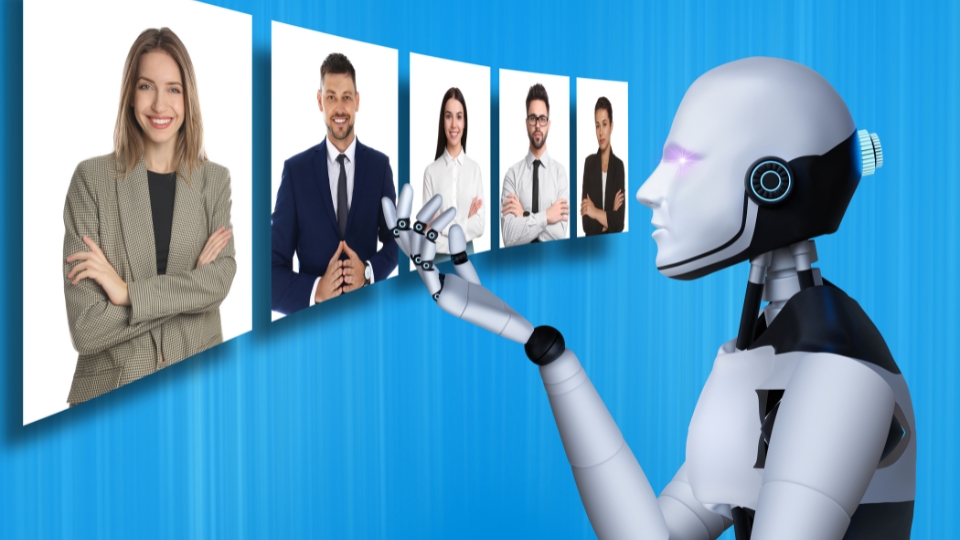The Evolution of Recruitment: How the Process Has Changed Over the Decades

The recruitment process has undergone a dramatic transformation over the past few decades. From newspaper classifieds and in-person applications to AI-driven sourcing and virtual interviews, the way companies attract and hire talent has evolved alongside technology, workplace culture, and economic trends. Understanding this evolution highlights how far we’ve come—and what today’s employers must do to stay competitive.
Recruitment in the Pre-Digital Era
In the 1970s and 1980s, recruitment was essentially a manual and local process. Companies advertised openings in newspapers or posted notices in store windows. Job seekers mailed printed résumés or delivered them in person. Hiring decisions were often based on face-to-face interactions, personal recommendations, or simple intuition, with limited tools for screening or assessment.
The Rise of Online Job Boards
The 1990s saw the beginning of the digital shift. Platforms like Monster and CareerBuilder revolutionized recruitment by moving job ads online. Email became the new standard for submitting applications. This broadened the reach of job listings but also created new challenges, like managing large volumes of applicants from across the country or even globally.
The Social Media Era
With the rise of LinkedIn in the early 2000s, recruitment entered the social era. Recruiters began using platforms to proactively search for candidates, build talent pipelines, and assess applicants’ professional personas. Social media provided insight into a candidate’s personality and professional network, changing how cultural fit was evaluated.
The Age of AI and Data-Driven Hiring
Today, recruitment is more data-driven than ever. Applicant Tracking Systems (ATS), artificial intelligence, and machine learning help streamline resume screening, match candidates with roles, and predict job performance. Video interviews, digital assessments, and virtual onboarding have also become standard, especially in a post-pandemic world.
What This Means for Employers Today
Modern recruitment is fast, competitive, and global. To attract top talent, companies must offer more than just a salary—they must highlight company culture, career development opportunities, flexibility, and values. Personalization, candidate experience, and employer branding are now central to recruitment success.
Conclusion
Recruitment has evolved from paper-based job ads to AI-driven, candidate-centric experiences. As technology continues to advance, staying ahead in the recruitment game means embracing innovation while keeping the human element at the heart of hiring.
#RecruitmentEvolution #ModernHiring #HRTech #TalentAcquisition #RecruitmentTrends #FutureOfWork #HiringInnovation #EmployerBranding #CandidateExperience #DigitalRecruitment
Our blog
Lastest blog posts
Tool and strategies modern teams need to help their companies grow.Employment, Job Facts, Recruitment
Top Skills Employers Look for in 2026: Navigating the Future Job Market
As the job market continues to change, so do employers’ desired skill lists. While some have been fundamental over recent...
October 29, 2025
By FxCareer
The Future of Recruitment: How AI and Automation Are Changing the Hiring Process
Recruitment is not an exception to how technology is changing industries in today’s fast-paced, digital world. Artificial intelligence (AI) and...
October 22, 2025
By FxCareer
The Soft Skills Every Successful Forex Professional Needs
When we think about the qualities that make a successful Forex (foreign exchange) trader, hard skills like technical analysis, chart...
October 13, 2025
By FxCareer

Join 2,000+ subscribers
Stay in the loop with everything you need to know.




